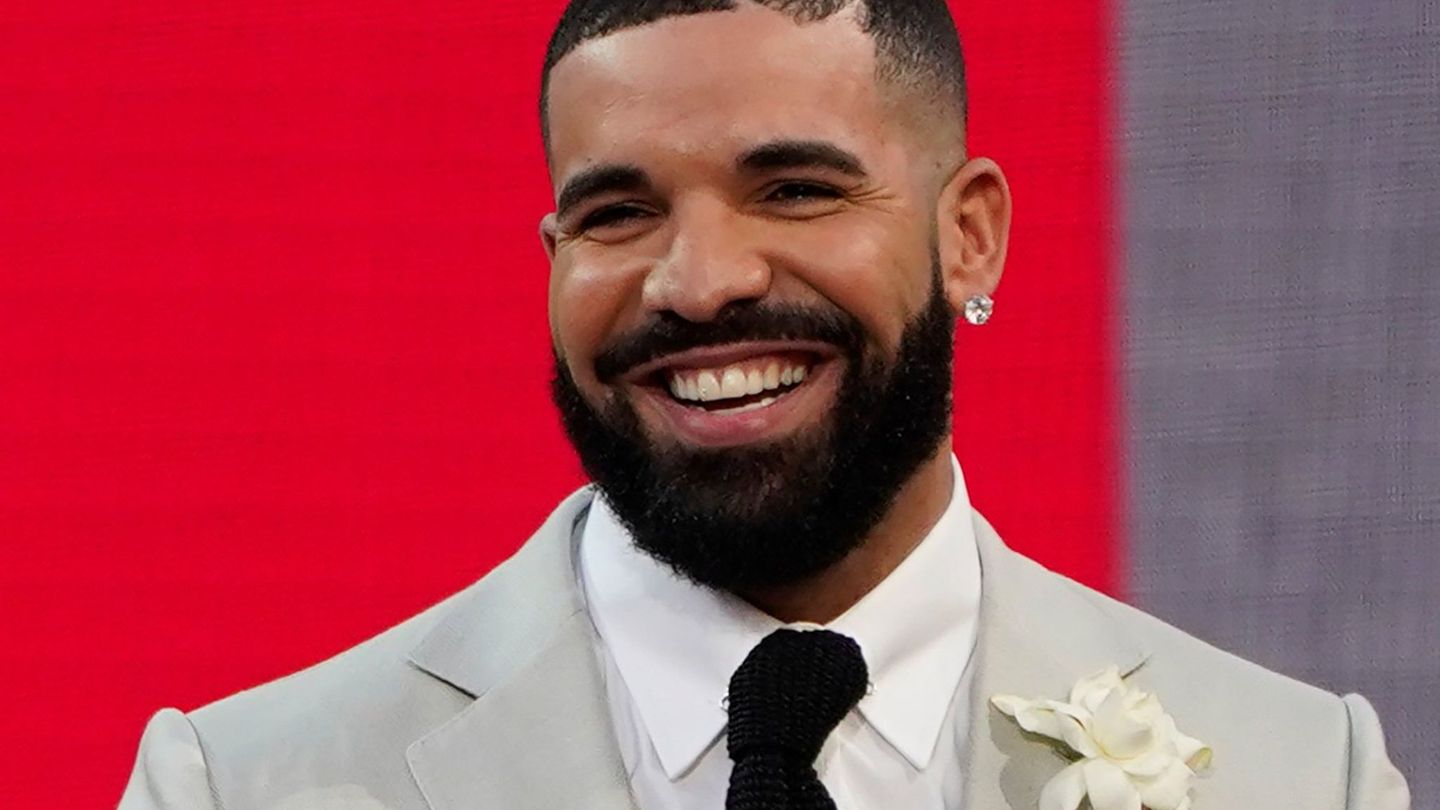He dollar in Uruguay seems to be going through one of its best moments of the year, with three consecutive days on the rise and the highest value reached in the last three and a half months, after several worrying monthly falls in terms of exchange delay and loss of competitiveness from the country. However, the global panorama sends contradictory signals. Can the upward trend be consolidated in the local exchange market?
The behavior of dollar In recent days it seems to give rise to a certain optimism between the monetary authorities and, above all, the export sectors that have been demanding for months for a stronger US currency in relation to the peso. Yesterday it rose for the third consecutive day, registering a 0.42% increase compared to Tuesday and a price of 38,447 pesos, according to data froml Central Bank of Uruguay (BCU). This, in addition, is the highest value that the currency reached in the last three and a half months, since last June 12 — in the prelude to two very damaging months in terms of exchange rate misalignment.
If you look at the monthly performance, just two business days before the end of September, the performance is also positive and even encouraging: the accumulated balance is rise of 2.27%. And although the decline in the year is still significant – 4.05% so far in 2023 and 6.98% year-on-year – the improvement in the price is welcome in all sectors.
A worrying outlook for emerging markets
However, the international context is going through moments of high volatility and, therefore, of great uncertainty, driven mainly by high interest rates in USA and due to doubts regarding the growth of China despite some economic recovery—while the price of Petroleum continues to rise, to maximum values in a year.
In that sense, the signs for Uruguay They are mixed. On the one hand, the emerging currencies experience a “rebound effect” of the spectacular performance they had during a good part of the year, due to investors’ aversion to risk and volatility that makes currencies less attractive – since the risk is greater than any possible return.
In this regard, the MSCI index of currencies of developing countries is going through its worst quarter of 2023, with a drop that led it to trade 0.1% above the level at the end of 2022.
This can be positive for dollar at the local level while it leads operators to choose stronger currencies such as, for example, the dollar — which, in parallel, is going through strengthening in the midst of an upward trend. Added to the fact that the reference interest rates of the Federal Reserve (Fed) They will remain high for some time to come and may even experience another rise in the remainder of the year, the US currency is positioned as one of the favorites. And if the dollar At a global level, there are great possibilities that the dollar in the country.
In parallel, with the weakening of emerging currencies, the Uruguayan peso may follow the same path. Above all, if one considers that the Brazilian real – one of the local reference currencies – was one of those that fell the most yesterday, on the verge of chaining its longest streak of losses in more than two years. In this scenario we must also consider future cuts to the Monetary Policy Rate (MPR) that are projected by both the markets and the BCU, and that can contribute to a deeper correction of the exchange rate delay.
Of course, at the same time, we must take into account that a collapse of emerging currencies in the region can have a strong impact on these economies and, therefore, also negatively influence the national economyalready hit by what is happening in neighboring countries. And, in turn, the government will have to closely monitor how far the dollar at the local level and how this can affect inflation control objectives arranged in your action map regarding monetary politics.
Risk capital for investments falls
Likewise, another aspect that is worrying on the international stage is the fall of the available risk capitalfrom greater volatility and the “end of cheap money” due to the high interest rates established by most of the world’s governments. This is a phenomenon that is observed, mainly, in investments destined for innovation projects and emerging companies (start-up).
According to World Intellectual Property Organization (WIPO) —part of the United Nations Organization (UN)— the global amount of risk capital that finances this sector fell 40% in 2022 and continues to decline, driven by a general contractionary environment for investments due to rising interest rates. Only during the first half of 2023, the decrease was 47% compared to the same period of the previous year.
Source: Ambito




